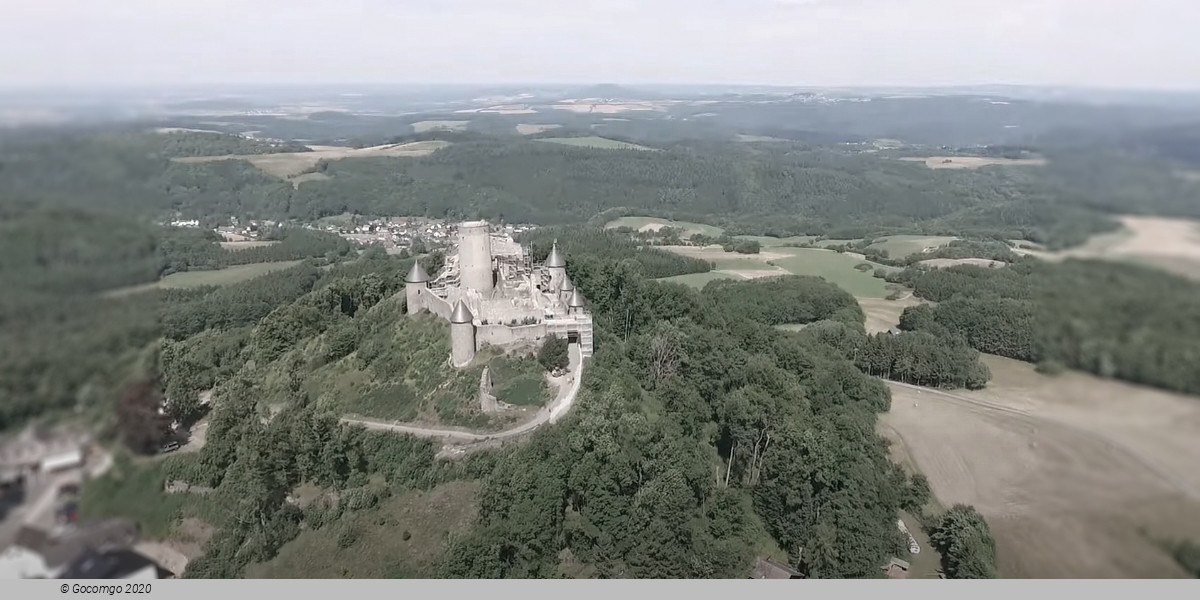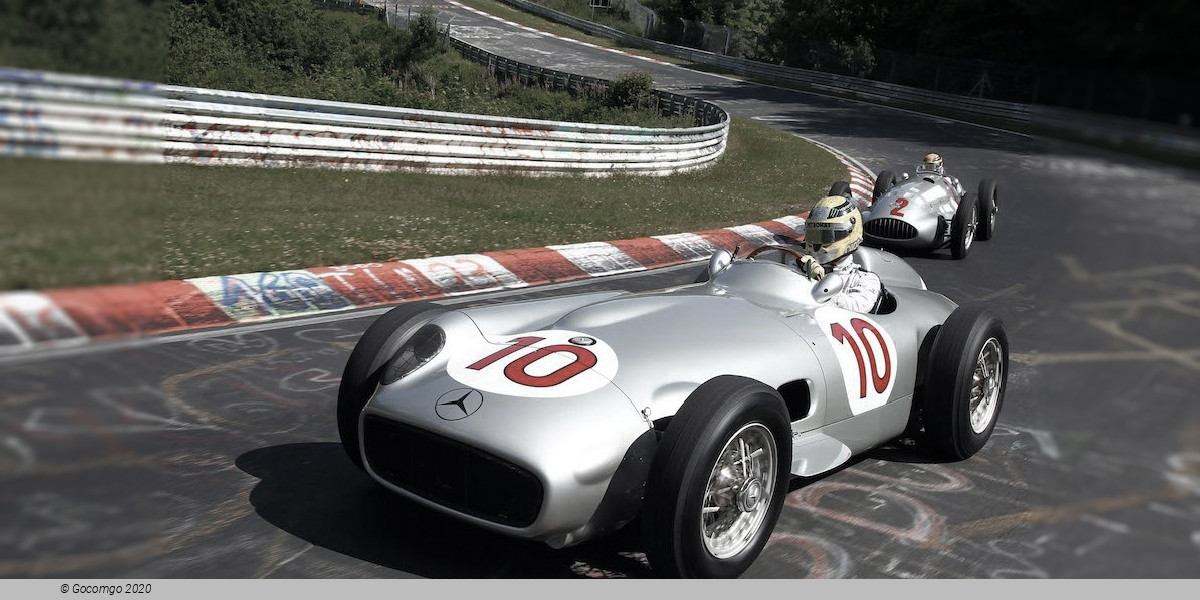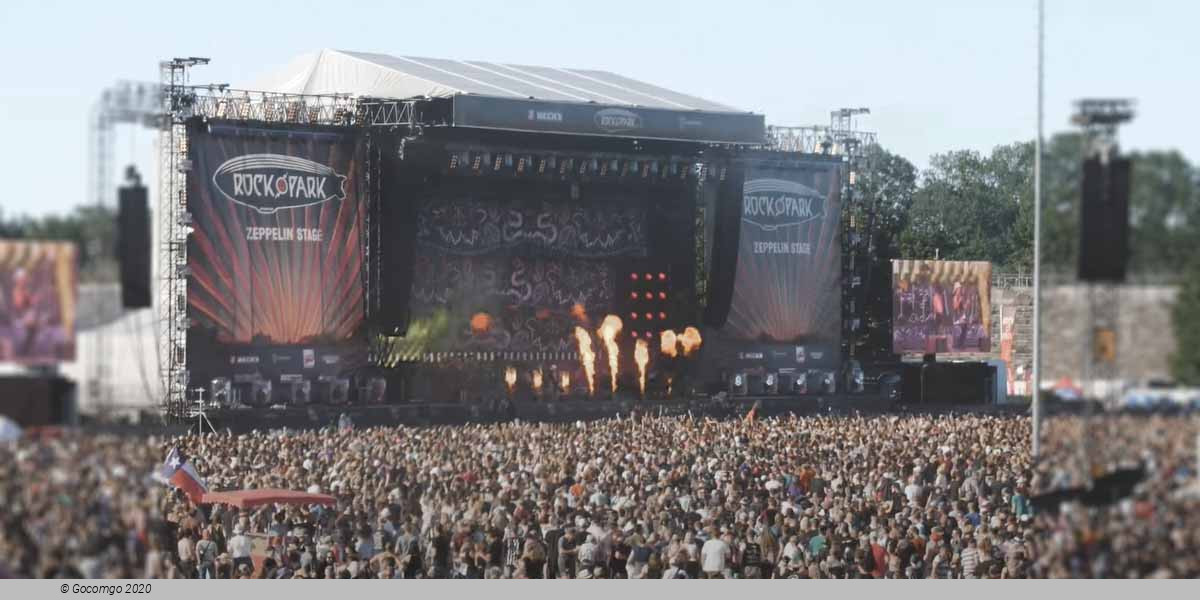Venues in Nürburg

Nürburg is a town in the German district of Ahrweiler, in the state of Rhineland-Palatinate. It is also the name of the local castle, Nürburg Castle, which was built in the High Middle Ages. The name is derived from Latin niger, meaning "black", and High German burg, meaning "castle". The castle is made of basalt which usually has black color. The well-known 24-kilometre (15 mi) racing track Nürburgring is nearby.
The river divides the old city into northern Zebalderstadt and southern Lorenzstadt. Although both parts of the city were destroyed by more than 90% during World War II, key sights were restored from ruins. Many richly decorated burgher mansions (for example, Topler 1591-1600 and Peller 1602-05) were irretrievably lost. The outskirts of Mogeldorf, located in the east of the city, near Mount Kirchberg, are better preserved.
Several old bridges are thrown across Pegnitz, including the Butchers Bridge (1596-98) and the 1824 pedestrian chain bridge.
In the XIX century, in connection with the further democratization of urban life, many parks began to pass from private to public ownership. These include Faberpark, the park near the city castle Hummelstein, etc. Collectively owned are peculiar urban areas that are peculiar country plots that are part of the quarterly development.



